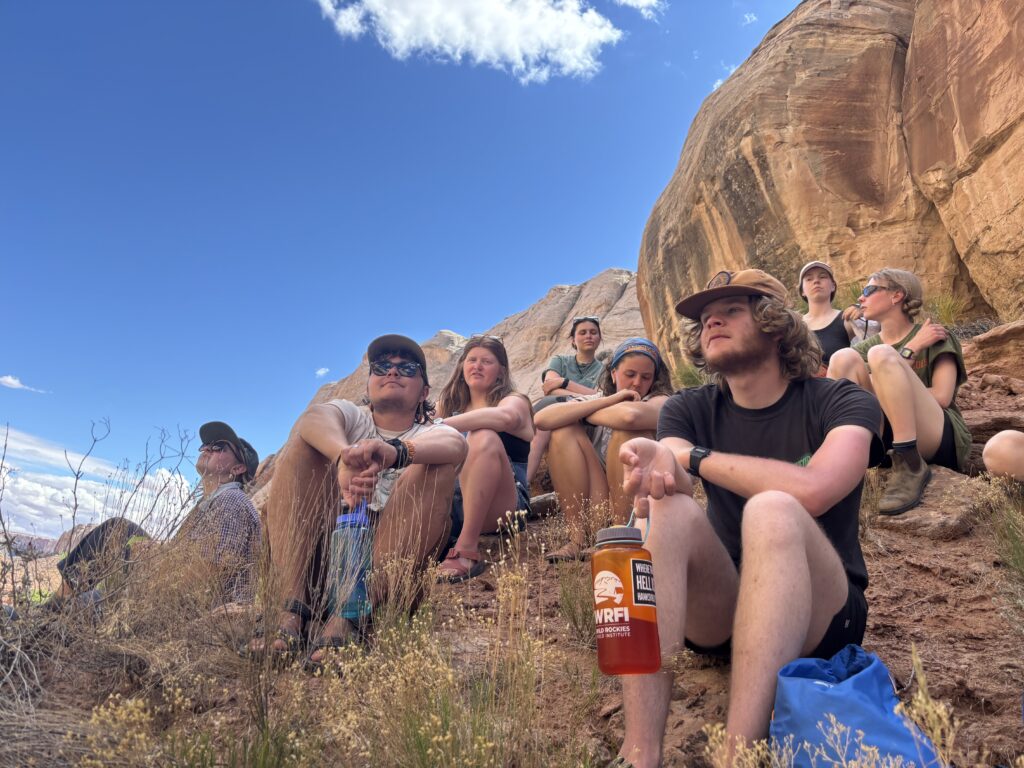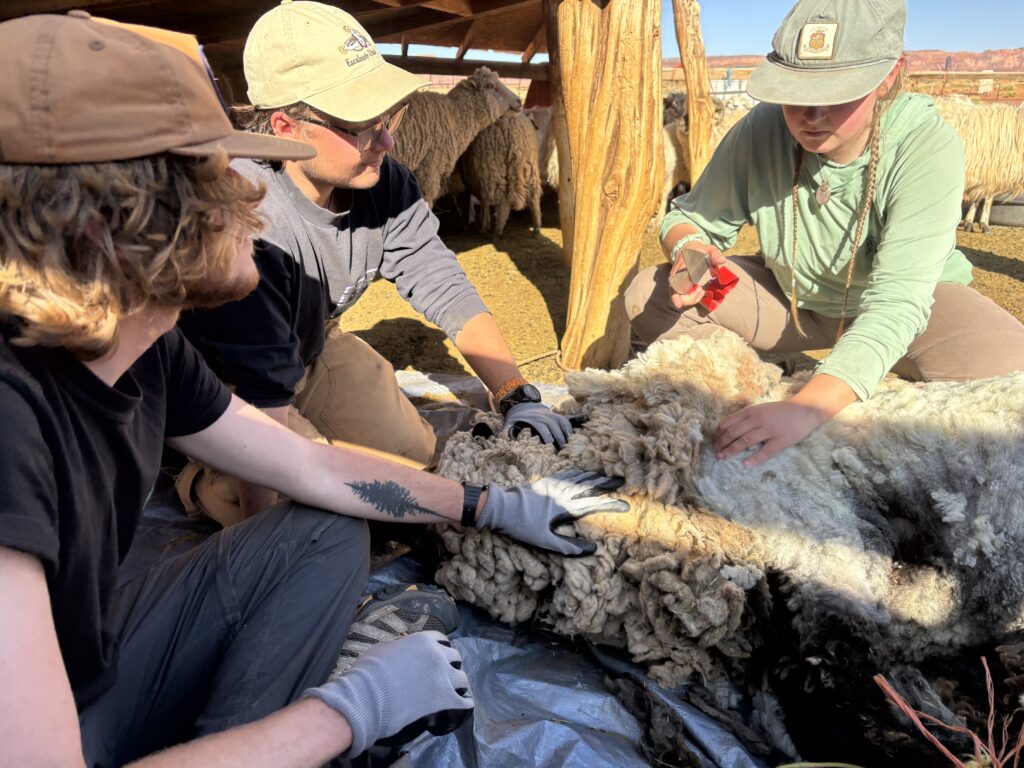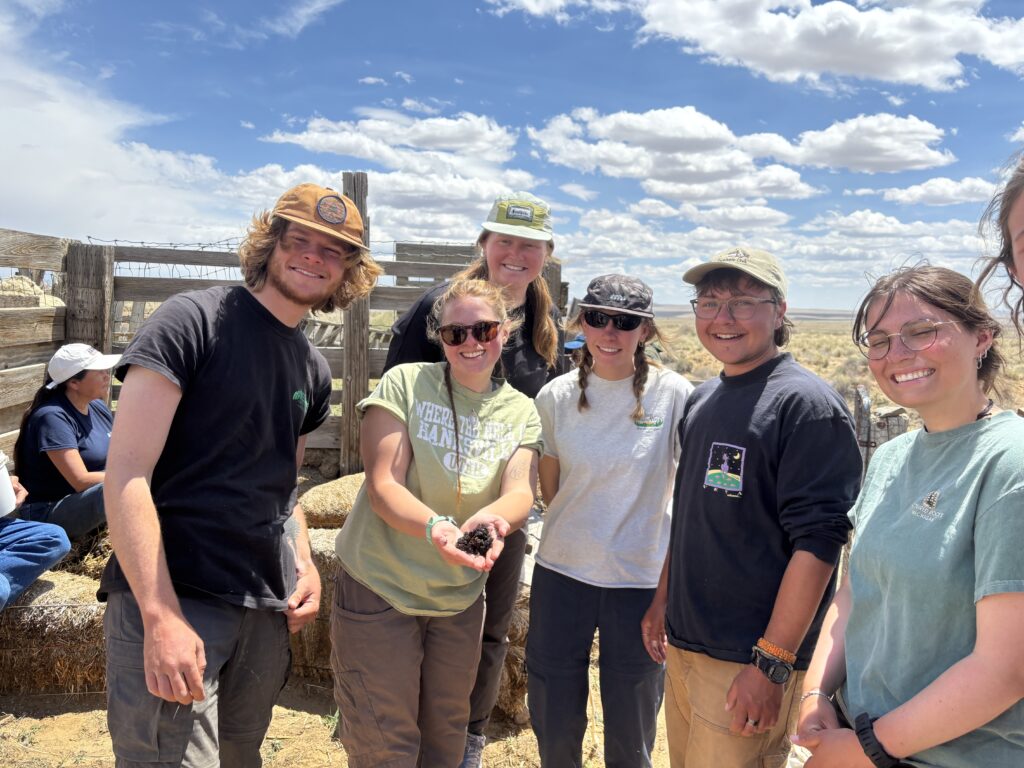The Colorado Plateau, with its unforgiving terrain and dry, arid landscape, is not a place many people would think to inhabit. Despite this, many people have successfully called the Colorado Plateau their home and have made their living from the land. However, it wasn’t easy, and the people living on this barren land have had to preserve it in order to make it here. This perseverance comes in many forms, from a more physical sense such as geographical area and land use to a more cultural sense with Indigenous culture. All of these contribute to the perseverance one must have to live on this land.

When talking about perseverance, one must first talk about the land use and the geographical area of the Colorado Plateau. The Colorado Plateau, located in a desert, has temperature ranges as high as in the hundreds to as low as in the twenties. Along with temperature, its arduous terrain, including deep rocky canyons and barren deserts with little vegetation or water, makes it hard to live here. It seems like this place would be inhabitable. However, taking a step back in time shows us that this place is very much habitable and has flourished.
This land has been inhabited by Indigenous people for thousands of years and has done so successfully. We can see this through the Hopi People. I learned from one of our hosts, Dorthy Denet, who lives on the Hopi Reservation in Arizona, that the Hopi people were very good farmers and used the land for something known as dry farming. Dry farming is when you use ground water instead of irrigation to grow crops. They would grow many things, including different types of corn, with the important ones being blue and white corn. To me, this shows a great sense of perseverance in both the land and the people who inhabit it. To be able to build a sustainable food system and survive in one of the harshest environments explores this idea of perseverance in a very spectacular way.

Being able to grow food with little water is something magical in and of itself, but what about the things that heavily rely on water for survival, such as animals? I had the chance to stay with Effie Yazzie, who lives in Monument Valley Tribal Park on the Navajo Reservation. Effie is a sheep herder who lives on a property with a bunch of her family, including her brother, Kee. Due to the nature of sheep farming, plus all her other animals, a lot of water is needed to keep these animals alive. I got to take a ride with Effie’s brother Kee, to go and find out how they get their water. We took a thirty-five minute drive down a very unmaintained dirt road to a big tank of water. It wasn’t an easy drive, and Kee told us he had to fill up the big water tank he had in the back of his truck about every week. Kee then told us that the water tank we got the water from was only about two years old. Before then they would have to get their water directly from a spring. The perseverance that is needed to have to go every week and get water for the animals because they don’t have running water is immense. Most of us today take for granted the running water we have, so this really puts it into perspective how big of a deal easy-to-access running water is.
While being out here on the Colorado Plateau, I have seen perseverance change as well. Before starting our front country section, I thought my perseverance was strong. Being able to hike through Horseshoe Canyon and the Dirty Devil made me think I could persevere through anything. However, being able to have the chance to stay with people who live on the Colorado Plateau, such as Effie or Dorothy, have so much more perseverance than I could ever have. Being able to live out here is something only people with the most perseverance can do, and I will always have so much respect for them.
Perseverance is not easy on the Colorado Plateau. However, both the land and the people on the land have shown us that even in the harshest climates, one can persevere. Because of the help of our great hosts, I have learned the ins and outs of living and persevering on this landscape, and I will forever be grateful for that!
